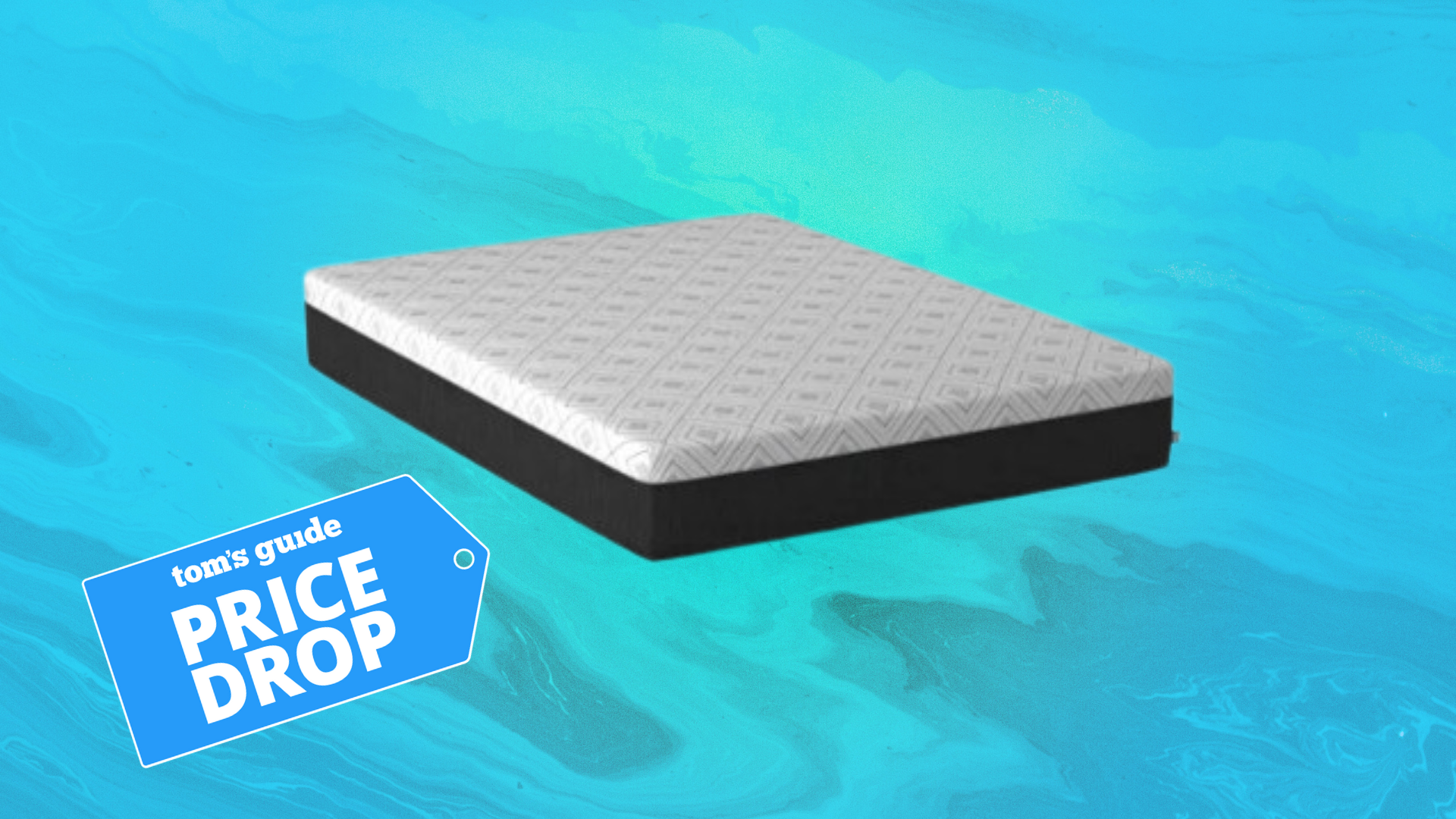Study reveals the 3 dirtiest sleep products in a dorm room — plus how to clean them
This time, it isn't just your mattress that's a breeding ground for dorm room bugs
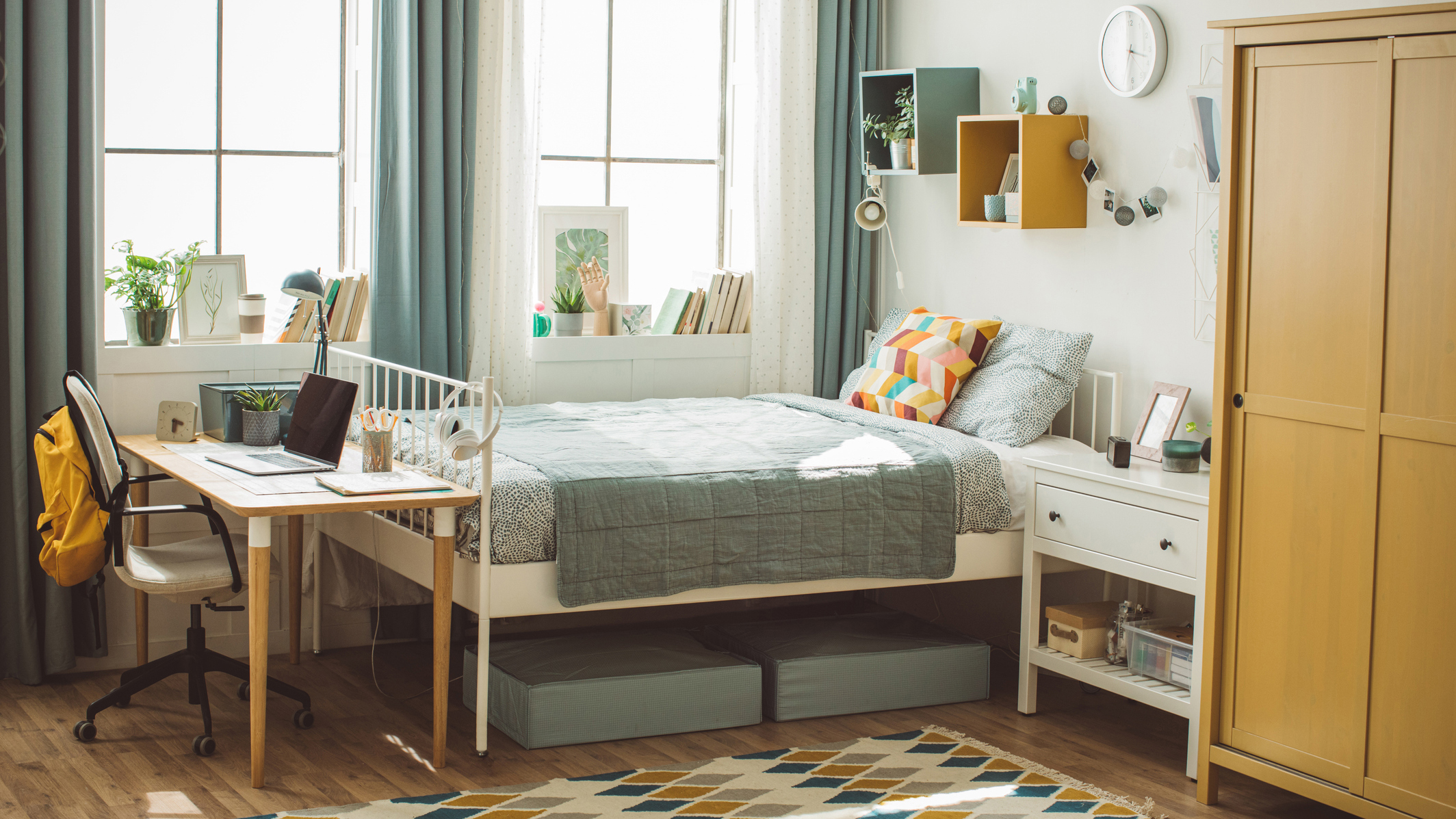
If you're moving into a dorm room this fall, you might be thinking about where you'll be sleeping and how to make it as clean and comfy as possible. There's good reason for that too, as a study conducted by CollegeStats explored just how much bacteria was present in both male and female dorm rooms.
Researchers collected samples from widely-used items in different dorm rooms, then measured how many colony-forming units (CFU’s) there were per square inch. Unsurprisingly, beds were the most bacteria-ridden items in the room. And there was a big difference in the results from male and female dorms.
Here we take a closer look at the study and the three dirtiest sleep surfaces in an average dorm room the test results uncovered, plus our expert tips on how to clean them. If after reading you decide to shop for a new mattress instead then our guide to this year's best mattresses for all sleepers and budgets contains our top-rated recommendations. Many are discounted in the forthcoming Labor Day mattress sales and deals too.
Today's best mattress sales
- Saatva mattresses: save $400 on every mattress
- DreamCloud mattress: up to 50% off
- Nectar mattresses: up to 40% off
- Helix mattresses: 20% off + free pillows
- Casper mattress: 20% off all beds
- Emma mattresses: up to 55% off
- Tempur-Pedic: 30% off cooling beds
- Brooklyn Bedding mattresses: 25% off sitewide
- Purple mattress: get up to $300 of free bedding
The 3 dirtiest sleep surfaces in a dorm room
1. Bed sheets and bedding
When it came to the dirtiest surface in male dorm rooms, the study found that bed sheets were the top culprit. Test samples from male dorms showed that bed sheets were one of the dirtiest sleep spots in the room.
Out of the eight places tested, male bed sheets had over 1,500,255 CFUs per square inch. That's 150,000 times more bacteria than what was found on bed sheets in female dorm rooms. For context, a dog bowl has 2,100 CFU’s per square inch.
We recommend washing your sheets once a week. If you don’t, you could be turning your bed into a breeding ground for dust mites and bacteria. Why? Because we transfer dead skin, sweat and body oils to our sheets each night, so not only will dirty sheets feel less comfortable, they’ll also start to smell.
Here's how to clean dorm bed sheets...
Get instant access to breaking news, the hottest reviews, great deals and helpful tips.
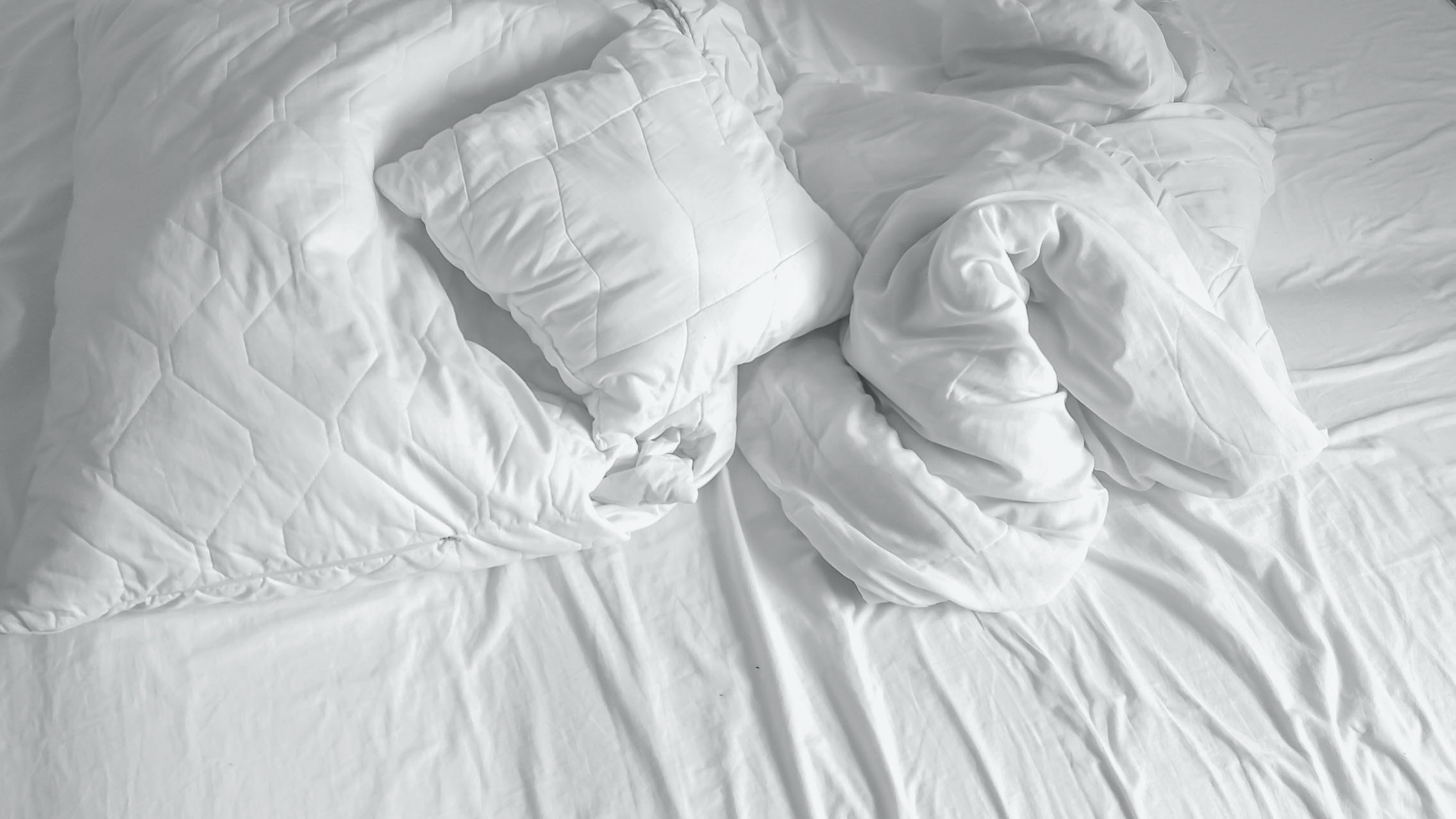
1. Wash your sheets weekly: We know that you’re going to be busy but changing your bedding on a weekly basis will ensure your sleeping space is fresh and hygienic.
2. Put your sheets on a hot wash: When washing your bed sheets, use a hot wash cycle (usually 140°F or 60°C). This will be hot enough to effectively kill any bacteria and dust mites.
3. Don’t use too much detergent or fabric conditioner: Using too much laundry detergent or fabric conditioner will build up on the fabric of your sheets, making it harder to dry and eventually leaving your sheets feeling stiff and uncomfortable.
4. Thoroughly dry your sheets: Make sure that your sheets are completely dry before you add them back to your bed. Putting damp sheets back on your bed will lead to mold and mildew growth which will lead to musty odors and potential health issues.
2. The mattress and bed frame
Years of sweat, dead skin, body oils and spills means the chances of your dorm mattress being dirty as pretty high. Recent lab tests from swabs taken from seven-year-old mattresses found more than 16 million colony-forming units of bacteria per square inch — and that’s just from one person sleeping on it.
One of the easiest ways to deal with a dirty mattress is to invest in one of the best mattress protectors. A protector will add a barrier between you and your dorm mattress, and since most are machine washable they're also easier to clean.
That said, you should still clean your dorm mattress because the surface could be hosting anything from dust mites and bed bugs to mold and bacteria. Learning how to make a dorm mattress more comfortable and hygienic is important, but in the meantime here’s how to clean a mattress...
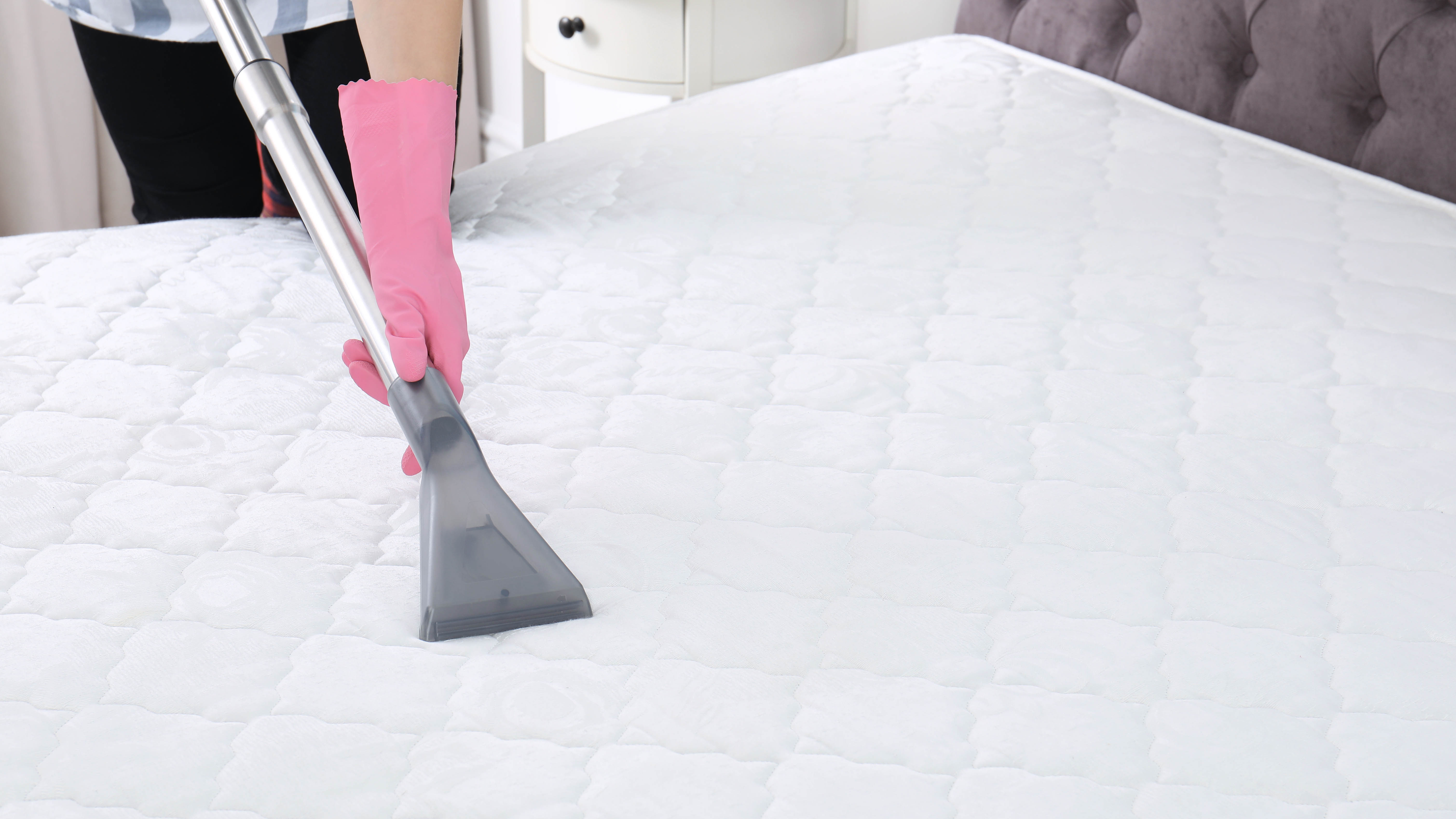
1. Vacuum it regularly: When you strip your bed to change your sheets, use the upholstery attachment on your vacuum to remove dust, dead skin cells, and other debris from the surface and sides.
2. Spot-clean stains: If you spill something have an accident, treat the stain right away. The quicker you can get to it the better your chance of removing it. Blot excess liquid with paper towels, then blot it again using a clean cloth and a mild detergent.
Avoid over-saturating the mattress as this can ruin the fibers, and always allow it to dry fully before putting your mattress protector and sheets on again.
3. Bed pillows
A dirty pillow is a hub of dust, sweat, grease, dead skin, bacteria and last night’s makeup and that build-up can damage your skin, hair and leave you feeling pretty unwell. Even if you’ve brought your pillow from home, pillows can still get dirty.
Researchers have found that the typical pillow contains more than a million fungal spores. That's several thousand spores for every little gram of material. But the good news is that you can wash your pillow regularly to keep it clean. Here's how to clean your dorm room pillow...
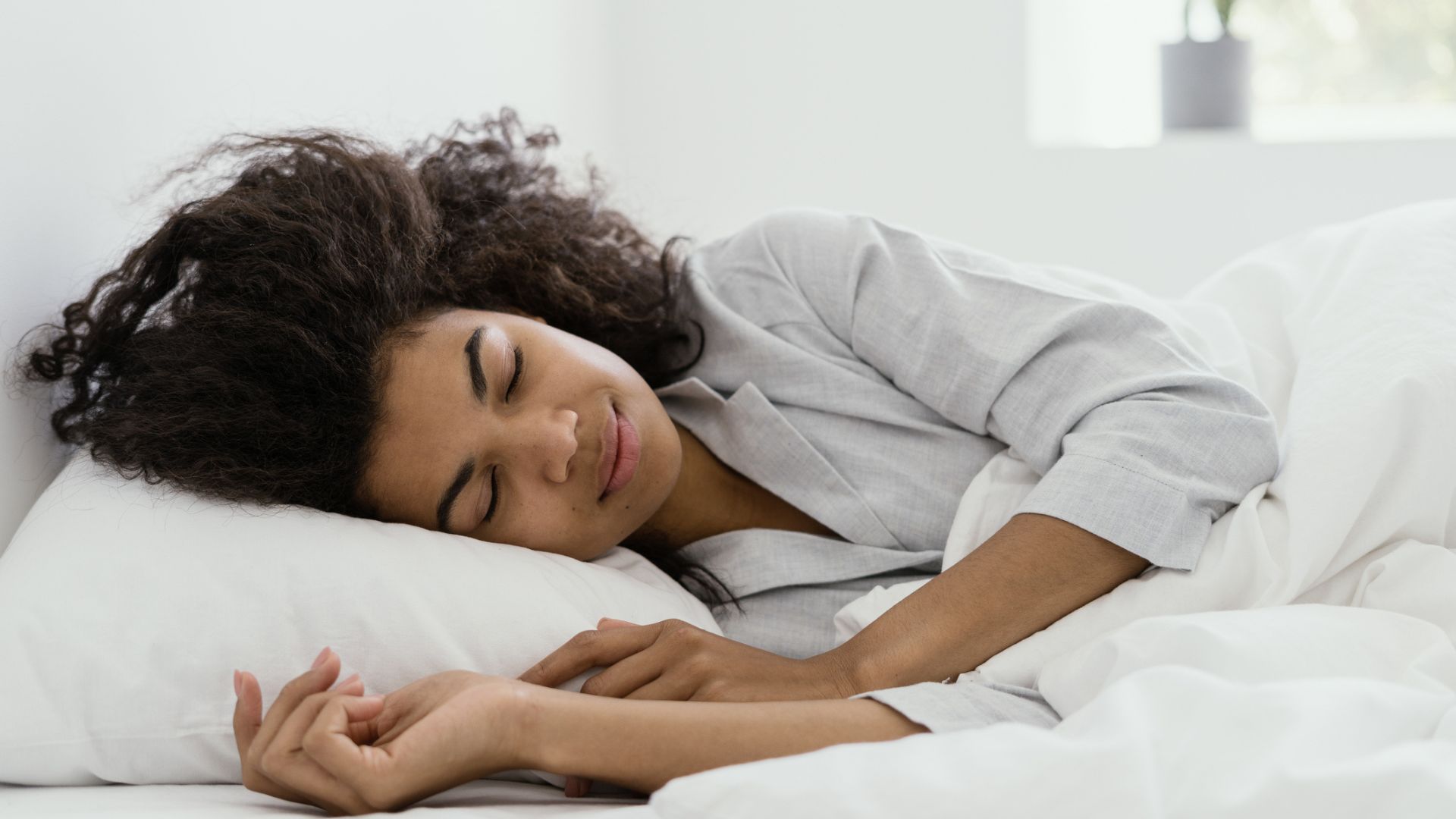
1. Check the care label: Different pillows need to be handled in different ways. Check the care label attached to ensure you don’t cause any damage.
2. Wash it every three to six months: Regular washing (every three to six months) will remove the sweat, oils, saliva and dust mites. Most pillows can be washed in the washing machine when placed on a gentle cycle with a small amount of mild laundry detergent. Wash two pillows at a time to balance the load in your machine.
3. Dry throughly: Like bedding, you need to make sure your pillow is fully dry before sleeping on it. Most pillows can be tumble dried on low heat, but if you’re air drying, turn it often to ensure it dries evenly.
4. Consider a pillow protector: Pillow protectors safeguard your pillows from spills, stains and wear and tear. They also stop yellow stains from appearing on your pillow as well as stopping dust mites or other nasties from seeping in.

Rachael has a keen interest in all things sleep, including her expert knowledge on mattress cleaning, providing readers with the best hacks and tips to keep their beds clean, as well as trying out the latest viral cleaning products. Rachael also reports on leading mattress brands such as Helix, Saatva and Nectar, writing articles designed to help readers understand what they need from a new bed. She also enjoys reviewing home, travel and tech gadgets, especially anything that has been designed to make life easier like smart home gadgets. During the last 15 years, Rachael has contributed to various publications including Tom’s Guide, Creative Bloq, The Independent, The Spectator, Daily Express and more.
